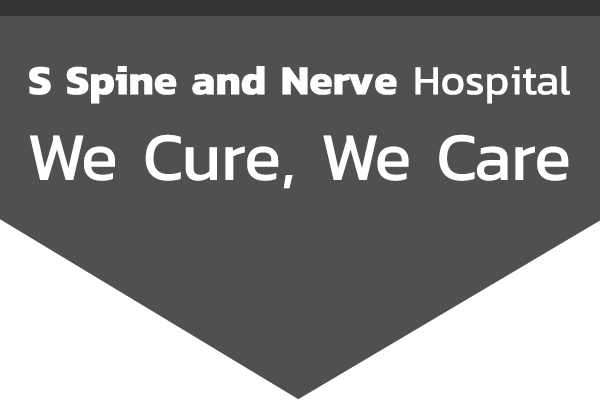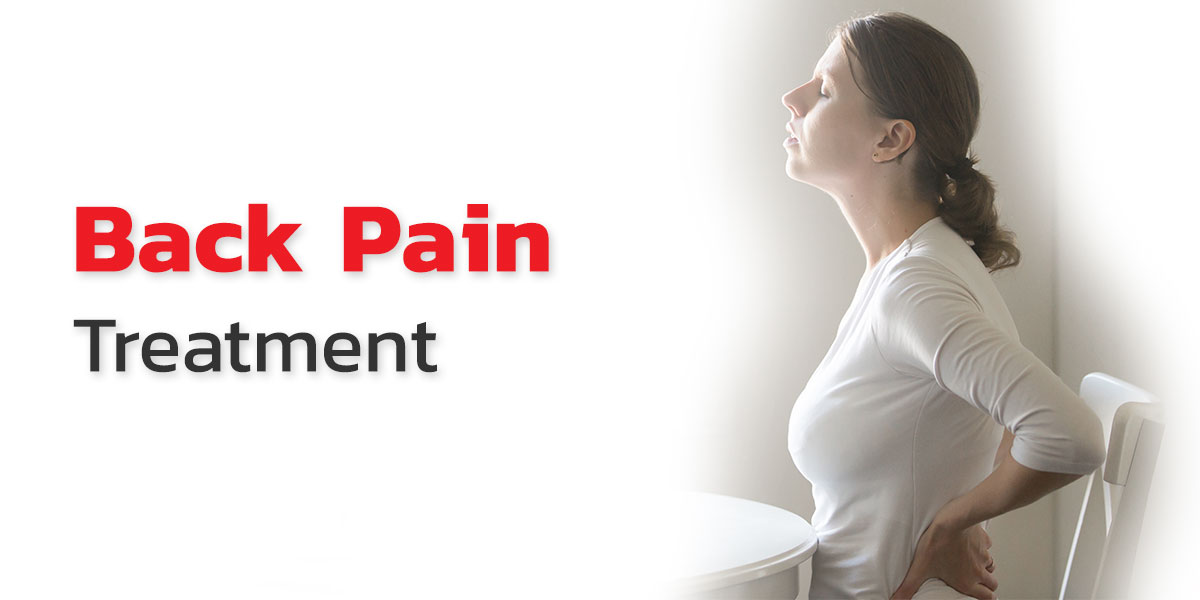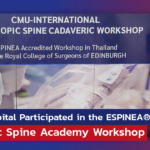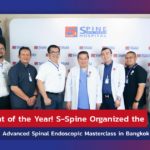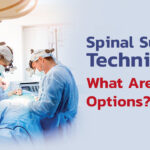Standing MRI for Finding the Cause of Back Pain
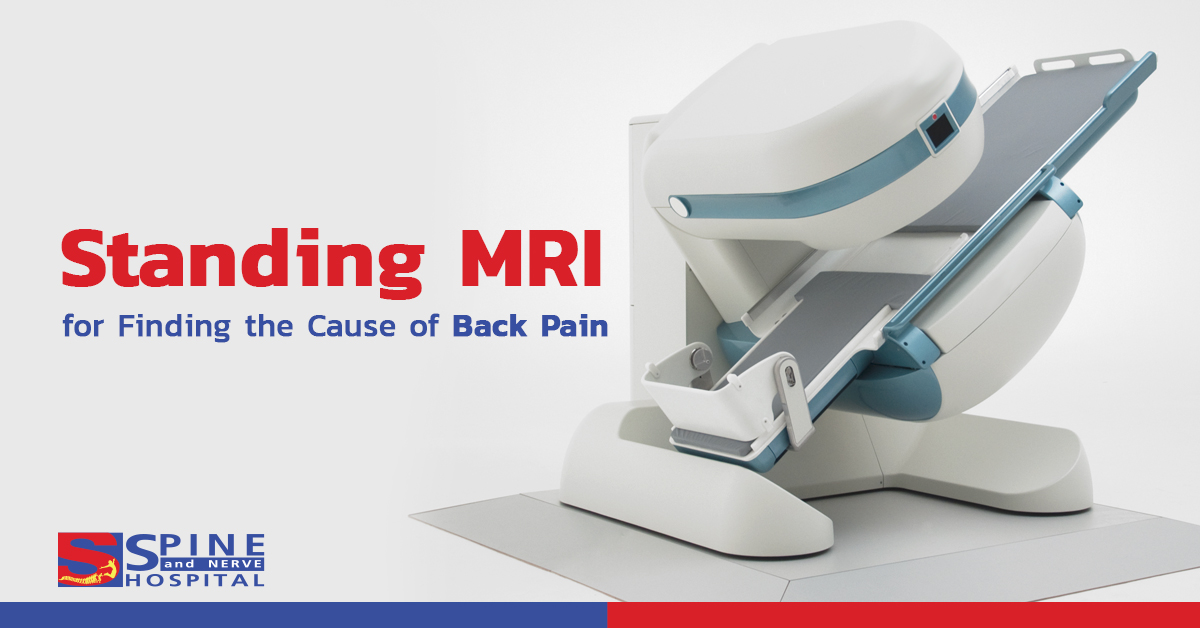
Finding the cause of back pain through the use of Magnetic Resonance Imaging (MRI) is a specialized technique that provides medical imaging to aid in diagnosis and the identification of various diseases.
According to a survey of MRI usage worldwide in 2018, it was found that the most appropriate use of MRI for disease detection was related to the spine, followed by the brain. This is because MRI machines provide high-detail and high-resolution 3-dimensional (3D) images, allowing doctors to accurately diagnose abnormalities in the body. Importantly, using this type of medical tool for diagnosis does not cause any pain to the body and there is no danger from radiation.
The use of an MRI machine requires a high-intensity magnetic field for safe operation. Due to technical limitations in the design of the MRI machine, the scanning area is narrow, which may cause the patient to feel cramped and develop claustrophobia. Additionally, lying down for an MRI scan may not always detect abnormalities related to a particular condition.
Weight Bearing MRI – unlocking the problem of claustrophobia caused by narrow space
Due to the aforementioned limitations and safety concerns, a new type of MRI machine was developed that allows patients to stand or sit during the scan (Weight Bearing MRI). This allows the weight to be pressed vertically, mimicking standing, which can lead to actual back pain. Physicians can see images that closely resemble the patient’s actual condition and patients who are claustrophobic can also undergo scanning. The developers designed the vertical magnetic field to be small enough to rotate both vertically and horizontally to create images while lying down and standing. The machine’s structure is open on both sides, unlike traditional MRI machines, making it less intimidating for patients who fear narrow spaces.
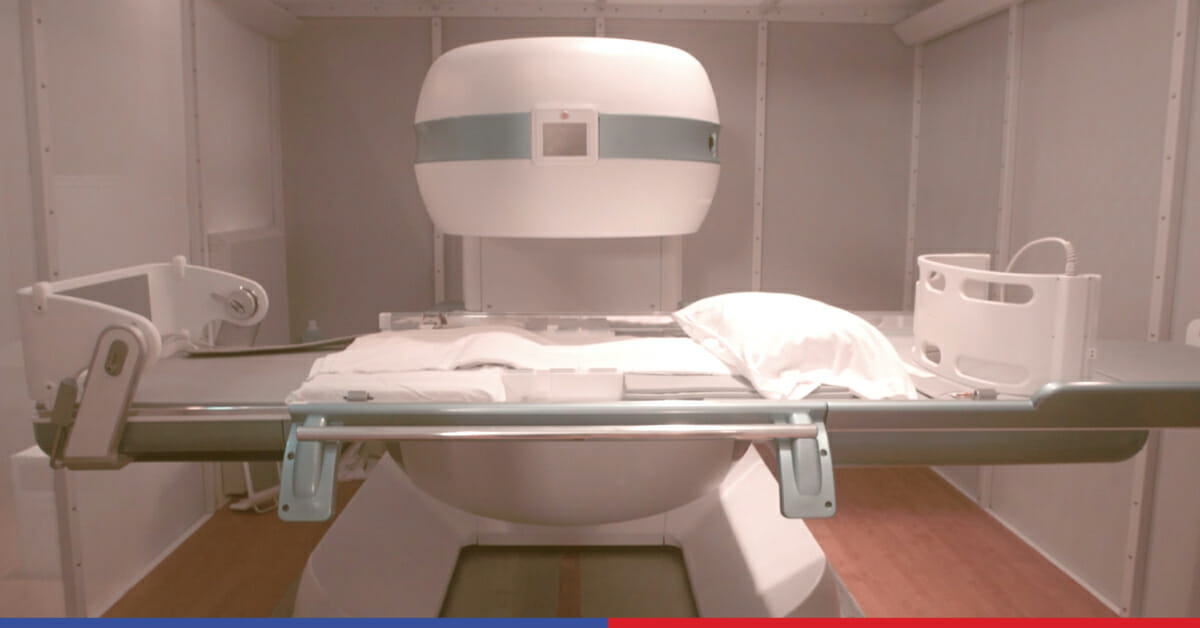
Which symptoms should be examined with a Weight Bearing MRI?
– Back pain in the early stages, which is not severe
– Back or neck pain while sitting or standing at work
– Patients with significant back pain who are still able to stand for examination, as it will provide a clearer view of abnormalities
– Patients with claustrophobia.
What are the benefits of Weight-Bearing MRI?
-The machine’s structure is open on both sides, unlike traditional MRI machines, making it less intimidating for patients who fear narrow spaces.
-The bed can be adjusted to various positions, such as sitting, standing, lying down or semi-seated, allowing for better visualization of the patient’s condition.
-It is possible to perform flexion and extension movements to observe the movement of the spine more clearly.
-The scan time is shorter.
-The compression or degeneration of the intervertebral discs can be seen more clearly.
-It can generate 3D images of the spine, allowing for detailed measurements of important spinal parameters.
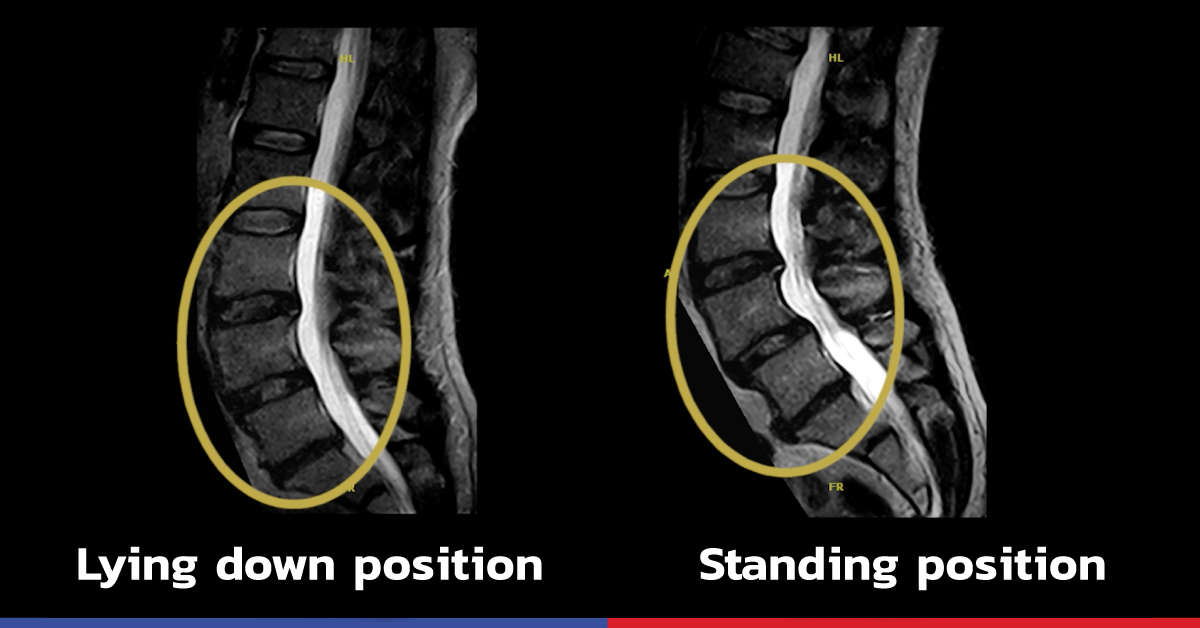
Currently, about 90% of MRI machines worldwide are in the form of a cylinder, which is different from the upright MRI machines that are not widely available. However, at the Es Spine and Nerve Hospital, which specializes in spinal problems, they have recognized the benefits of upright MRI machines and have brought them in to use for examining patients with spinal issues. There is only one of these machines in Thailand, in order to provide patients with accurate and pinpoint diagnosis, to address the root cause of their problems and to be suitable for patients with claustrophobia.
In addition to diagnosing the cause using a standing MRI machine, receiving an accurate diagnosis from a specialized spine doctor can help ensure effective and long-lasting treatment.
References:
“Magnetic Resonance, a critical peer-reviewed introduction”. European Magnetic Resonance Forum. Retrieved October 2018.


